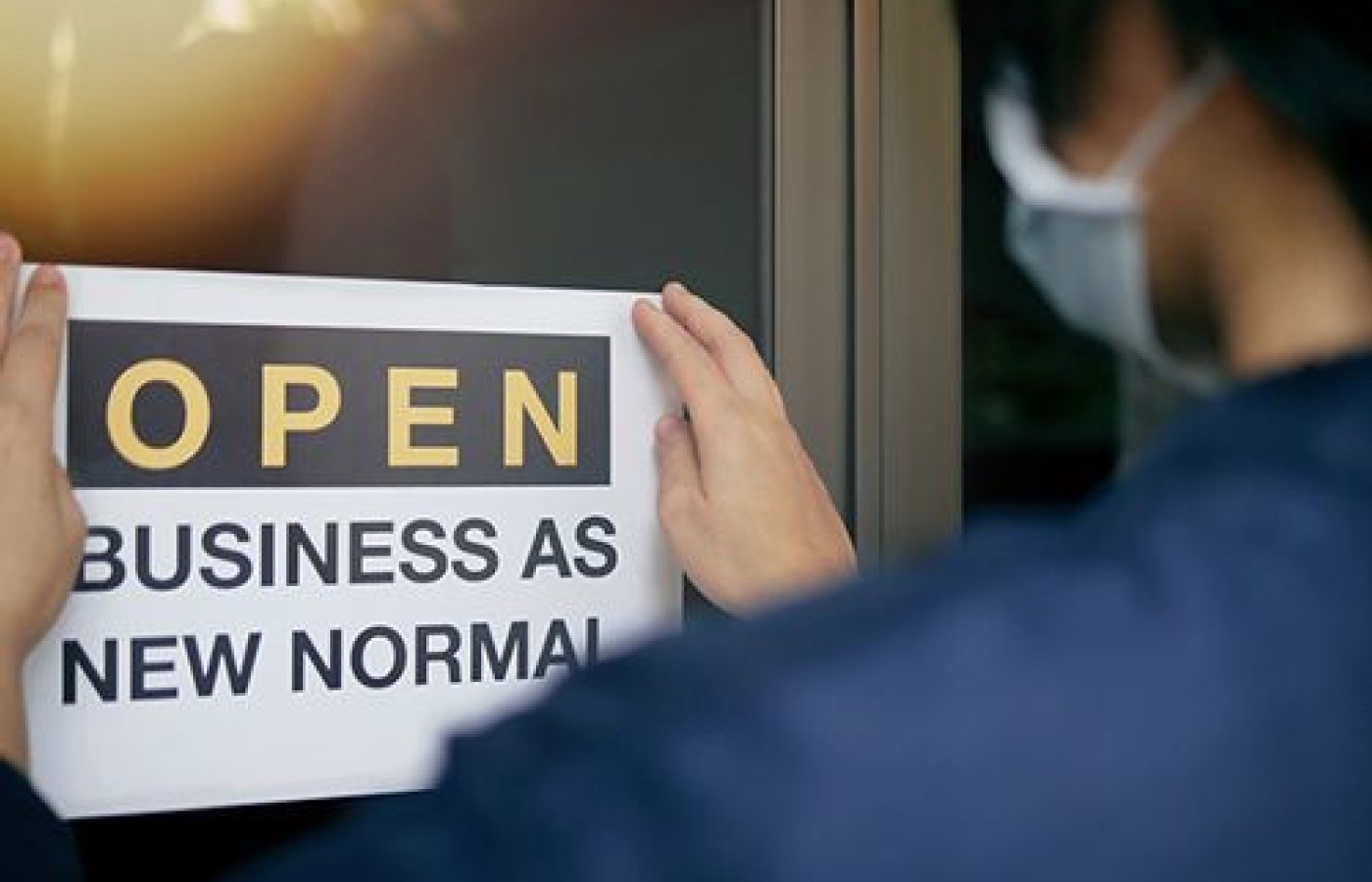New York's highest court of appeals has held that no-fault insurers cannot deny no-fault benefits where they unilaterally determine that a provider has committed misconduct based upon alleged fraudulent conduct. The Court held that this authority belongs solely to state regulators, specifically New York's Board of Regents, which oversees professional licensing and discipline. This follows a similar recent ruling in Florida reported in this publication.
Emerging From the Pandemic: Chiropractic Comes on Strong
DCs are showing amazing resiliency as the nation emerges from the COVID-19 lockdown, while other health care professions have suffered an estimated 1.5 million job losses, including 520,000 in dentist offices, 217,000 in physician offices, 134,000 in hospitals and 212,000 others. And while many practitioners are just getting back to work, most DCs have stayed open.
According to surveys conducted by Dynamic Chiropractic in early April and mid-May, 90% of DCs are currently practicing, up from a low of 80% in early April. This increase was seen for DCs whose offices were open regular hours (37% in mid-May, up from 32% in early April) and those open limited hours (53% in May, up from 48% in April). The second survey found 71% of doctors are seeing at least half of pre-pandemic patient volume, with 9% seeing almost 100 percent of previous volume, over a quarter (26%) seeing around 75% and over a third (36%) seeing about half.

Respondents were divided by practice community setting and approach. Practicing in a rural community is associated with a greater likelihood of a chiropractic office being open (94%) as well as keeping regular hours (61%). Rural offices are also associated with a greater likelihood of seeing at least half of pre-pandemic patient visit volume (83%).
DCs whose practice approach most closely agrees with "Providing adjustments for musculoskeletal pain/function and non-musculoskeletal health conditions" and with "Correcting subluxations and maintaining wellness" are more likely to be practicing (91% and 96%, respectively) and keeping regular business hours (40% and 39%, respectively) as opposed to those who identify their practice approach as "Care for musculoskeletal pain and function" (85% and 30%). The two approaches are also more likely to be seeing at least half of their pre-pandemic patient volume (74% and 72%, respectively vs. 66%).
The surveys also suggest doctors of chiropractic who stayed open and communicated with their patients through phone calls, social media and texts had a greater chance of seeing higher patient visits when they were open.



